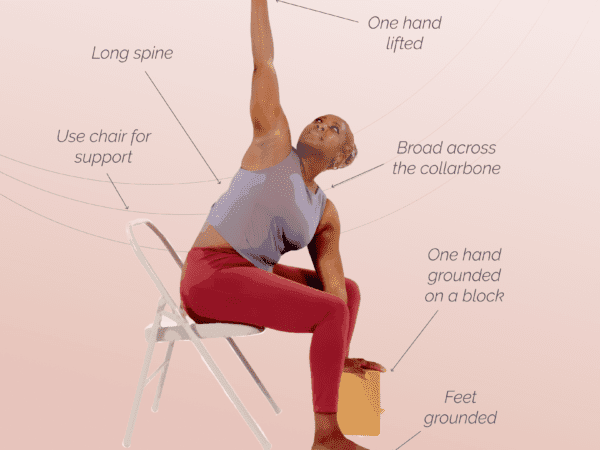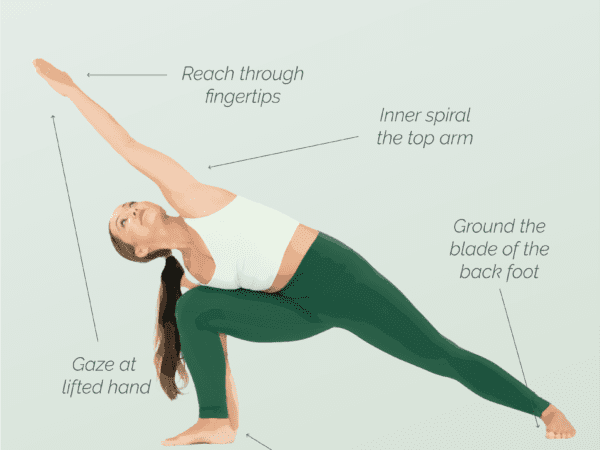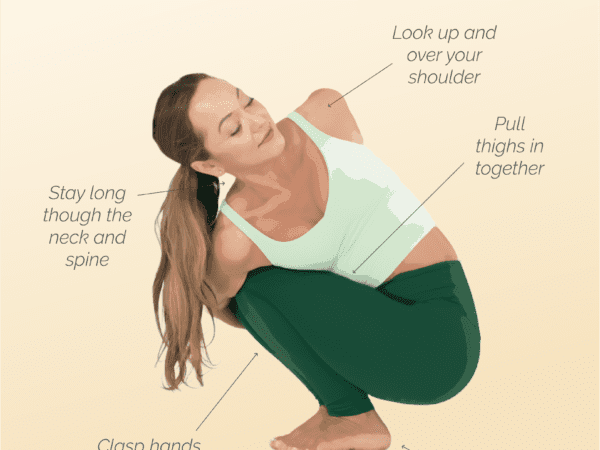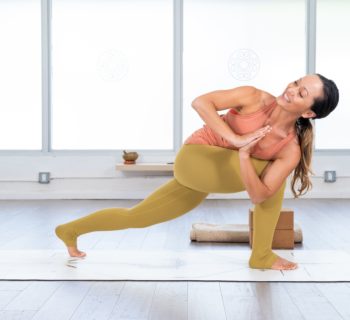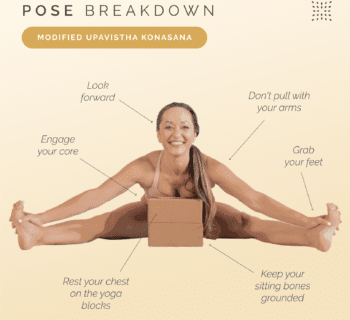In the pursuit of a stronger, more resilient core, side plank emerges as a formidable ally. This deceptively simple exercise is a powerhouse for building core strength, enhancing stability, and improving overall body balance. Whether you’re an athlete aiming to boost performance or someone seeking to fortify your fitness foundation, mastering side plank can unlock a world of benefits. In this guide, we will explore the technique of how to do side plank with precision and effectiveness, empowering you to elevate your core training to new heights. Prepare to embrace this challenge with confidence and discover the transformative potential of side plank.
Benefits of Side Plank
Side plank is a comprehensive movement that offers a multitude of benefits, making it an essential addition to any yoga practice. Here are some of the remarkable advantages of incorporating side planks into your routine:
- Enhanced Core Stability: Side plank targets the obliques, transverse abdominis and other core muscles, fostering a stable and strong midsection. This stability is crucial for maintaining proper posture and preventing injuries during other physical activities.
- Improved Balance and Coordination: By challenging your balance, side plank helps improve your overall coordination. This can translate into better performance in sports and daily activities that require agility and precision.
- Increased Muscle Endurance: Holding a side plank position builds endurance in your core muscles, allowing you to perform other exercises and activities with greater efficiency and less fatigue.
- Spinal Support and Alignment: Strengthening the muscles around your spine through side planks can help alleviate back pain and promote better spinal alignment, contributing to a healthier back.
- Functional Strength: Side plank mimics real-life movements, enhancing your functional strength. This means you’ll be better equipped to handle everyday tasks that involve twisting or bending.
- Versatility and Accessibility: Side plank can be modified to suit various fitness levels, making it accessible to beginners and advanced practitioners alike.
- Symmetrical Strength Development: By working each side of your body independently, side plank helps correct muscle imbalances, ensuring that both sides of your core are equally strong and capable.
Embrace side plank as a cornerstone of your fitness journey, and experience the profound impact it can have on your core strength and overall well-being.
Contraindications for Side Plank
While side plank is a highly effective exercise for building core strength, it may not be suitable for everyone. Understanding the contraindications can help ensure that you practice this exercise safely and effectively. Here are some situations where caution or modification may be necessary:
- Shoulder Injuries: Individuals with shoulder injuries or instability should approach side planks with caution. The exercise places significant weight on the shoulder joint, which could exacerbate existing issues. Consider consulting a healthcare professional or physical therapist before attempting side planks.
- Wrist Pain or Carpal Tunnel Syndrome: Side plank requires wrist support, which can be challenging for those with wrist pain or carpal tunnel syndrome. Modifications, such as performing the exercise on the forearm, can alleviate pressure on the wrists.
- Lower Back Pain: If you experience lower back pain, particularly when twisting or bending, side plank may aggravate your condition. Ensure proper form and alignment, and consider seeking guidance from a fitness professional to modify the exercise as needed.
- Pregnancy: Pregnant individuals, especially in the later stages, should be cautious with exercises that involve significant core engagement. Always consult with a healthcare provider to determine the safest exercise options during pregnancy.
- Neck Pain or Cervical Spine Issues: Side plank can strain the neck if not performed with proper alignment. Those with neck pain or cervical spine issues should be mindful of their head and neck position and consider modifications to reduce strain.
- Lack of Core Strength: Beginners or those with limited core strength may find side plank challenging. It’s important to build foundational core strength with simpler exercises before progressing to side planks to avoid injury.
By being aware of these contraindications and making necessary adjustments, you can safely incorporate side planks into your fitness routine. Always prioritize proper form and listen to your body, seeking professional advice when needed, to ensure a safe and effective workout experience.
How to do Side Plank Step-by-Step Instructions
Embarking on the journey to master side plank can significantly enhance your core strength and stability. Follow these step-by-step instructions to perform side plank with precision and confidence:
Step 1: Initial Position
- Start in a traditional plank position: From your hands and knee, stick your right leg out behind you with your leg straight and the ball of your foot pressing into the mat. Once you feel stable stick your left leg out and place it in the same position next to your right.
- Align Your Body: Ensure your body forms a straight line from head to heels. Engage your core by pulling your belly button towards your spine and tucking your tailbone slightly. Firm up your shoulders and activate your core.
Step 2: Pivot to One Side
- Roll onto Your Left Side: Press your left hand into the mat and shift your weight to the left. rotate your legs so the blade edge of your left foot is on the mat. Allow your torso to rotate. Stack your right foot on top of your left and raise your right hand toward the sky.
- Raise Your Hips: Press your hand into the ground and lift your hips. Your body should remain in a straight line, avoiding any sagging or arching at the hips.
- Engage Your Core and Glutes: Keep your core tight and squeeze your glutes to maintain stability. This engagement is crucial for holding the position effectively.
Step 3: Maintaining the Plank
- Hold the Position: Focus on maintaining a straight line from head to heels.
- Breathe Steadily: Inhale and exhale deeply, keeping your breathing steady and controlled throughout the hold.
Step 4: Transitioning and Repeating
- Return to Traditional Plank Pose: After holding the position for your desired duration, gently lower your right hand and return to traditional plank pose.
- Switch Sides: Repeat the exercise on the opposite side to ensure balanced strength development.
Side Plank Modifications
Side plank is a versatile exercise that can be adapted to suit various fitness levels and goals. Whether you’re a beginner or looking to intensify your workout, these modifications will help you tailor side plank to your needs:
If you need a version of the pose that is a bit easier try modifying it by keeping your knee down for added support.

If you want to step it up a notch, try lifting your top leg.

By incorporating these modifications into your routine, you can progressively build strength and stability, ensuring that side plank remains a dynamic and rewarding component of your fitness journey. Embrace each variation with confidence, and enjoy the transformative benefits of this versatile exercise.
Tips for Success
- Start with Short Holds: If you’re new to side planks, begin with shorter holds, such as 10-15 seconds, gradually increasing the duration as your strength improves.
- Focus on Form: Prioritize maintaining proper alignment over duration. Quality is more important than quantity.
- Modify as Needed: If the full side plank is too challenging, modify by bending your knees and supporting your lower body on your forearm and knees.
By following these steps and tips, you’ll be well on your way to mastering side plank, unlocking its full potential to enhance your core strength and overall fitness. Embrace the challenge with optimism and watch your progress unfold.



